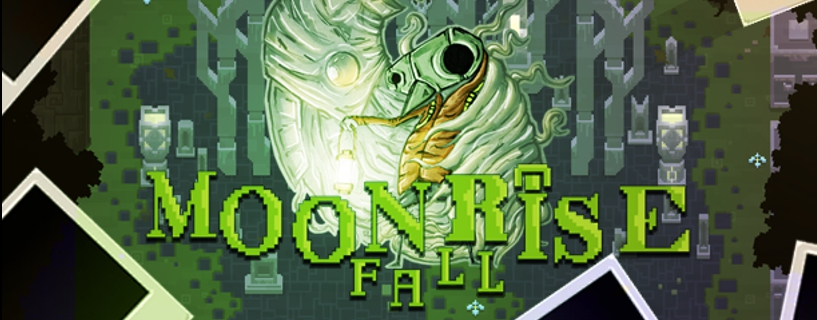Somewhere between dreams and wakefulness, death and life, dark and light there is a place called Moonrise Fall.
Type: Single-player
Genre: Adventure, Puzzle
Developer: Made From Strings
Publisher: Made From Strings
Release date: 31 May, 2019


Part puzzle, part exploration, and part non-linear narrative, Moonrise Fall feels at times more like an interactive dream, than a traditional adventure game. You play as a mysteriously masked boy trapped in an equally mysterious world, armed only with a camera and a cryptic journal, and must solve puzzles, navigate obstacles, and search the lost landscape for hidden creatures that hold the answer to the supernatural forest within which you are trapped. Your only goal is to find a way through, and perhaps in the process, to discover a little bit more about yourself, and all else that lays hidden in the shadows.
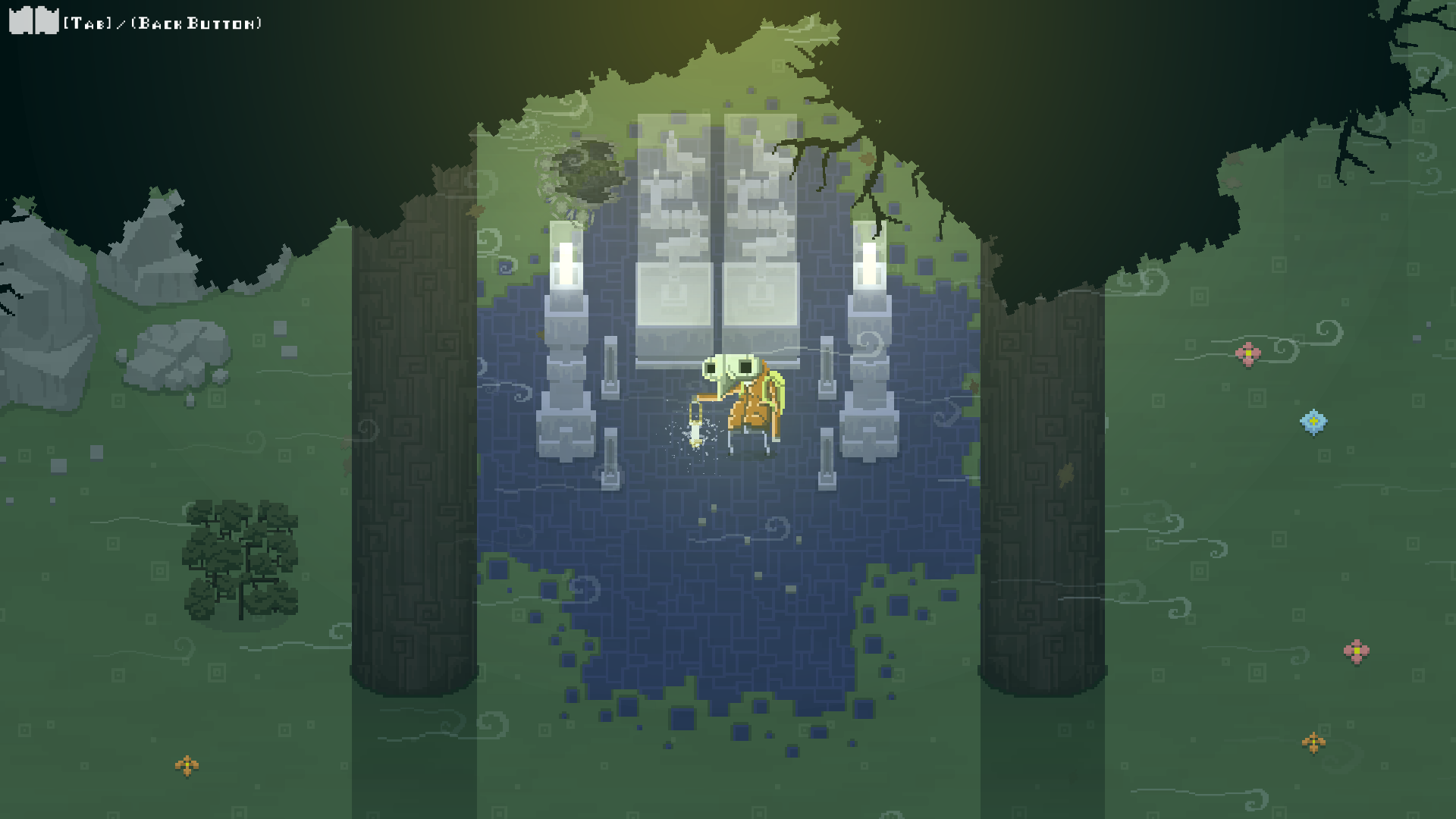
“Hypnagogia” is an incredibly un-poetic word, yet it’s the best term to describe the experience of playing this game. Defined as that hypnotic moment when you transition from being awake to being asleep, it perfectly captures the mood, tone, and emotions conjured while in the half-light of this game and the ethereal pilgrimage of its main character. Moonrise Fall is all about transitions: the river separating life and death, the state between consciousness and dreams, the flickering of light between dusk and dawn; these faint gradations form the backdrop of a journey that is equal parts foreboding and comforting.
The lands you explore feel abandoned and forgotten, ruins from something greater perhaps, and there is a core of despair that permeates the world. Yet each environment is crackling with life, of sight, sound and idea, and each new wonder is a ray of hope in this lost wilderness lush with tiny details: leaves falling, curls of wind as they race through a clearing, rain cascading in sheets off nearby tree trunks, the movement of shadows across the ground as the day grows long, the call of a distant owl or the slow drip of water in a cave that was long forgotten or possibly never was in the first place. The imagery is both surreal and intimately familiar, inviting you further into the unknown with a reassuring hand. There is a deeper narrative underlying this journey, but it’s told with a minimalist flair that beckons you to fill in the gaps yourself, which leaves the game open to interpretation in many unexpected ways.
Hidden World, Hidden Self
The story itself begins with a car crash, as most good stories do. From there you find yourself playing as a small boy literally lost in an unknown forest, your only guide being a hand-scrawled journal, and your only equipment a trusty Polaroid-style camera. The gameplay is deceptively simple, as the controls and interaction are very limited, yet the inventive ways with which the mechanics are handled lead to a surprisingly broad of array of options, and half the fun is spent just discovering these secrets. This is a game best experienced going in cold, as the element of discovery is one of its major strengths.
The overarching goal is to guide the main character through various screens, uncovering the map as you go, navigating through different environmental obstacles in search of the many enigmatic creatures that populate this world, and who seem to be the key to unlocking your own story. The creatures are scattered throughout the lands, and each one is hidden from you. Clues to their discovery lie in the journal, which hints at their daily habits and the natural conditions during which they’re most likely to appear. Your challenge, then, is to figure out where each creature calls home, and how to manipulate the environment to uncover them. Upon revealing a creature, you engage in a mini-game of sorts, as using the camera brings up a viewfinder with which you capture shots of the creature, the act of doing so captures their spirit as well. In this way you fill your journal with the photos of your discoveries, and each captured spirit unlocks further areas to explore.
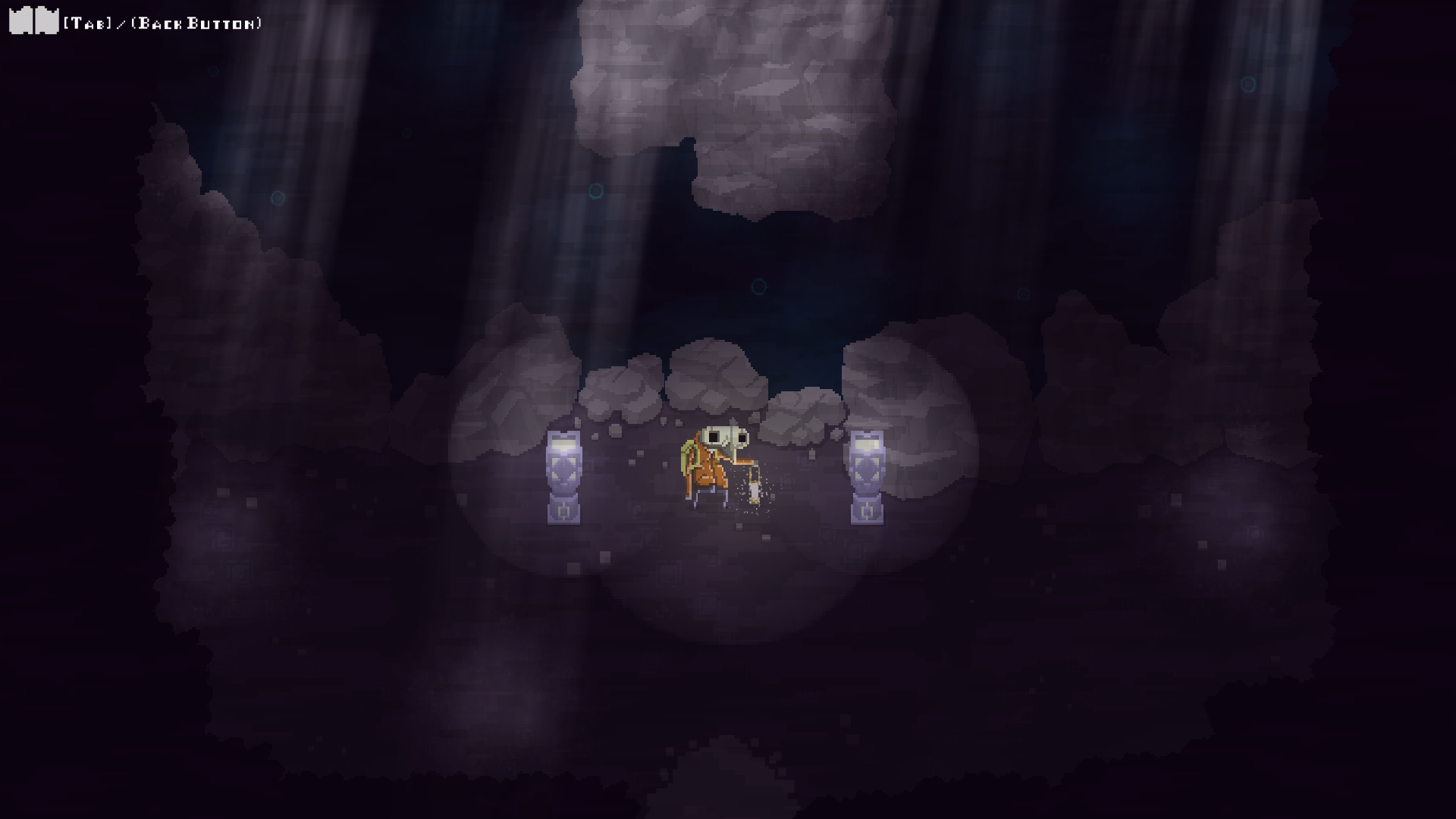
The tools at your disposal are very limited, but how they are combined open up a lot of possibilities. In this reality you have the ability to shift time at will, and can change the world form day to night, or anywhere in between. This feature alone is quite pleasing, as shifting time changes the ambient lighting of each setting from the harsh rays of a noon-time sun to a veil of evening shadows illuminated by tiny pools of light cast from lanterns strewn about the land. In these moments you can craftily use the flash on your camera to help uncover hidden pathways, which is necessary as some creatures only come out at night. Others react to gusts of wind, which you have nominal control over as well; as you wander deeper into the game, you find a small kalimba, and playing certain tunes on it casts a brief spell which can start and stop rain, raise up a great wind, or quell it back to stillness. There are gates and magic portals that only open at certain times of the day, and other obstacles that are bypassed with teleportation platforms or hidden switches. The key is to read each description carefully in the journal, as not only is the well-written text interwoven with metaphor and subtle story hints, but it contains clues as to what’s needed to uncover the mysteries awaiting you in the world you find yourself exploring.
The maps themselves are suitably varied, and consist of several zones, each with their own unique look and feel, ranging from dark woods, to crystal caverns, abandoned mines, lumber mills, a mysterious temple, and more. The creatures are just as varied, and finding one is equivalent to sparking a miniature “battle” (though a very tame one), as in order to capture it, you must use the camera’s viewfinder along with mashing matching buttons at the right time and in the right sequence to subdue their restless spirit.
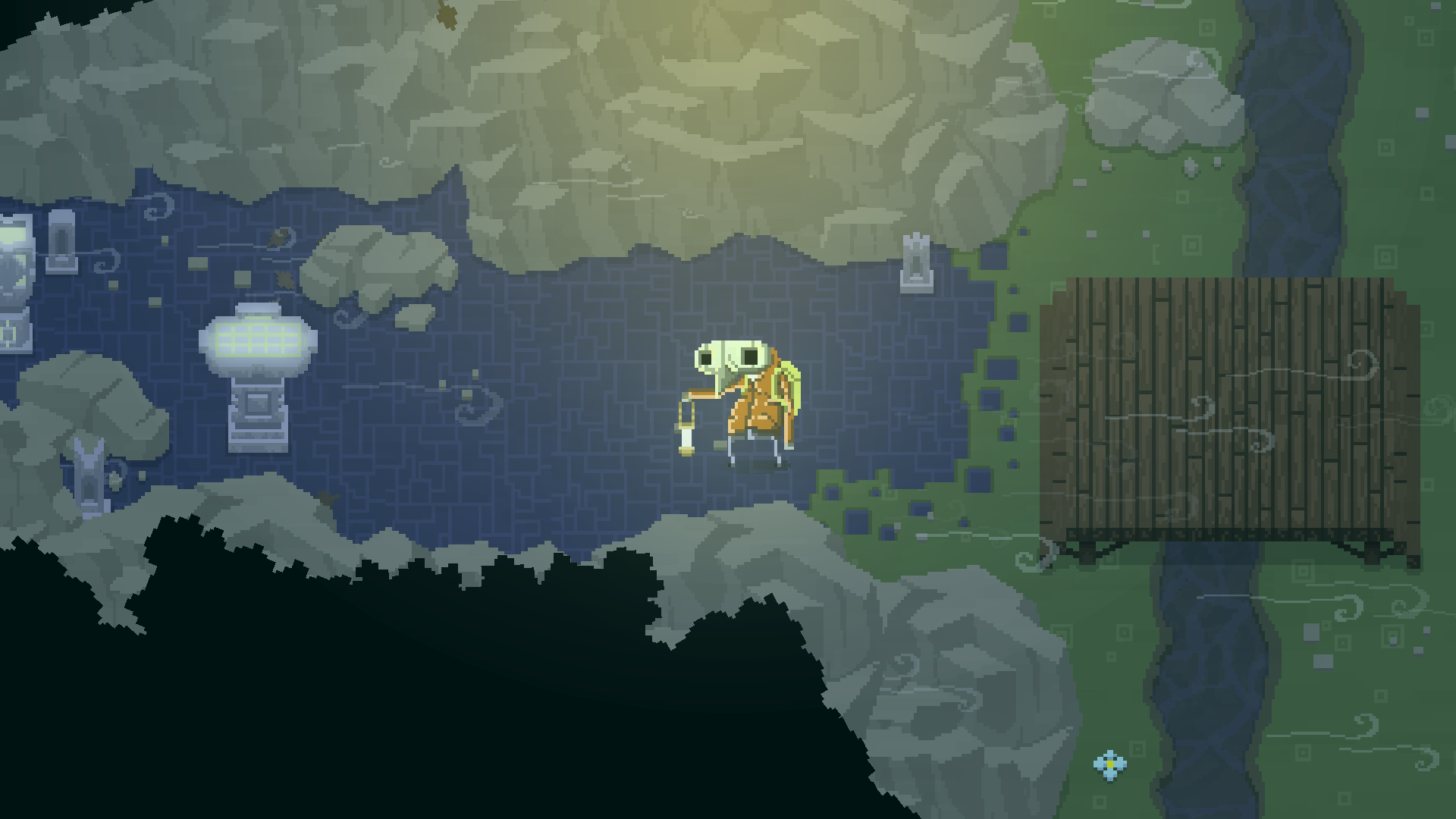
Found, But Not Lost
Exploration aside, the heart of this game, is, of course, the puzzles. The majority of the puzzles are quite creative, and center around you manipulating the environment or specific objects in various ways to unlock new secrets along your journey. These puzzles are well-designed, thoughtful, fun, balanced, and accessible. This opens up Moonrise Fall to all audiences, as none of the obstacles are frustrating or obtuse, and the only skill required is patience, which fits nicely with the overall meditative pace of the game. There is no punishment for failure, and never a wrong answer, so you are granted full permission to experiment with all the possibilities this dream-like world offers.
Not all puzzles are created equally, though, and there were a few sections that felt like they over-stayed their welcome. Mind you, there was never a moment in the game where I did not enjoy myself, I’m simply stating that some types of puzzles were more satisfying to me personally than others. Specifically, there are sections in the game that move away from the environment manipulation of the world, and instead are straight-up logic puzzles. These are overwhelmingly “flow” based, and despite having different themes, feel grindingly similar. For example, one section involves controlling the flow of mine-carts on a maze of tracks in order to activate certain triggers. Another involves controlling the flow of power along a maze of relays to clear an exit. And yet another involves controlling the flow of steam through a maze of pipes to open doors. There is nothing inherently wrong with these puzzles, and working your way through them can be fun, but they’re a bit repetitive and feel slightly shoe-horned alongside the other, more creative, puzzles in the game.
Also, you’re given the kalimba along with a limited selection of spells, but I honestly do wish there was more done with that, and more spells to choose from. To be fair, there are a few musical puzzles, so you do use the kalimba in other ways, but I liked the idea of controlling the weather and environment with it, and wish that dynamic could have been pushed further.
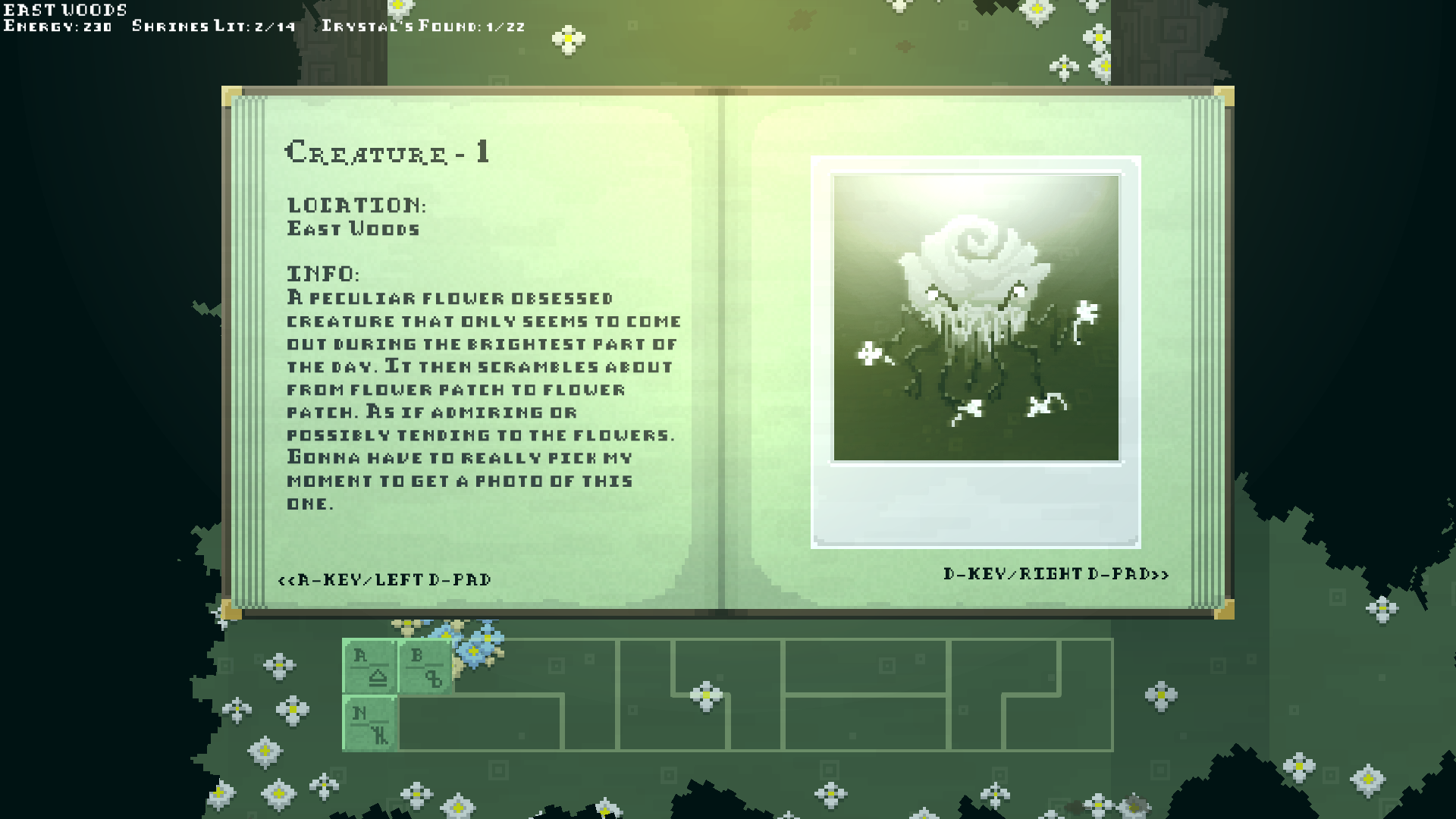
Wilderness By Design
Visually the game is a lush treat, despite its minimalism. The artwork, in all its 16-bit-esque glory, is fantastic. Screenshots do not do it justice, because the visual splendor of this game comes from more than just the individual pixels on the screen, instead it’s in the orchestration of how everything combines together; shapes, patterns, light, movement, and composition all form a greater whole beyond any one single element. Moonrise Fall is obviously a game lovingly crafted by someone who has an innately strong sense of design. The characters and creatures, too, are unique and memorable. The unnamed little boy is blocky and abstract, his features obscured by what looks like either a stylized plague-mask, or perhaps an animal’s face (depending on how you wish to interpret the themes of the game, either is appropriate). Yet it’s easy to sympathize with him, and he is appealing despite (or maybe because of) his gangly awkwardness. The creatures that you encounter along the way are giddily imaginative, often times resembling a Rorschach come to life.
The sound and music are perfect. The world is brimming with auditory details that truly make playing Moonrise Fall an immersive sensory experience. Balance and design are again a factor, as the sound effects are minimal enough to blend into the background, but striking enough to give each zone its own sense of personality. The music is hauntingly intangible, and fades in and out of the action in rhythm to the moods of the game; always accenting it, never overshadowing it.
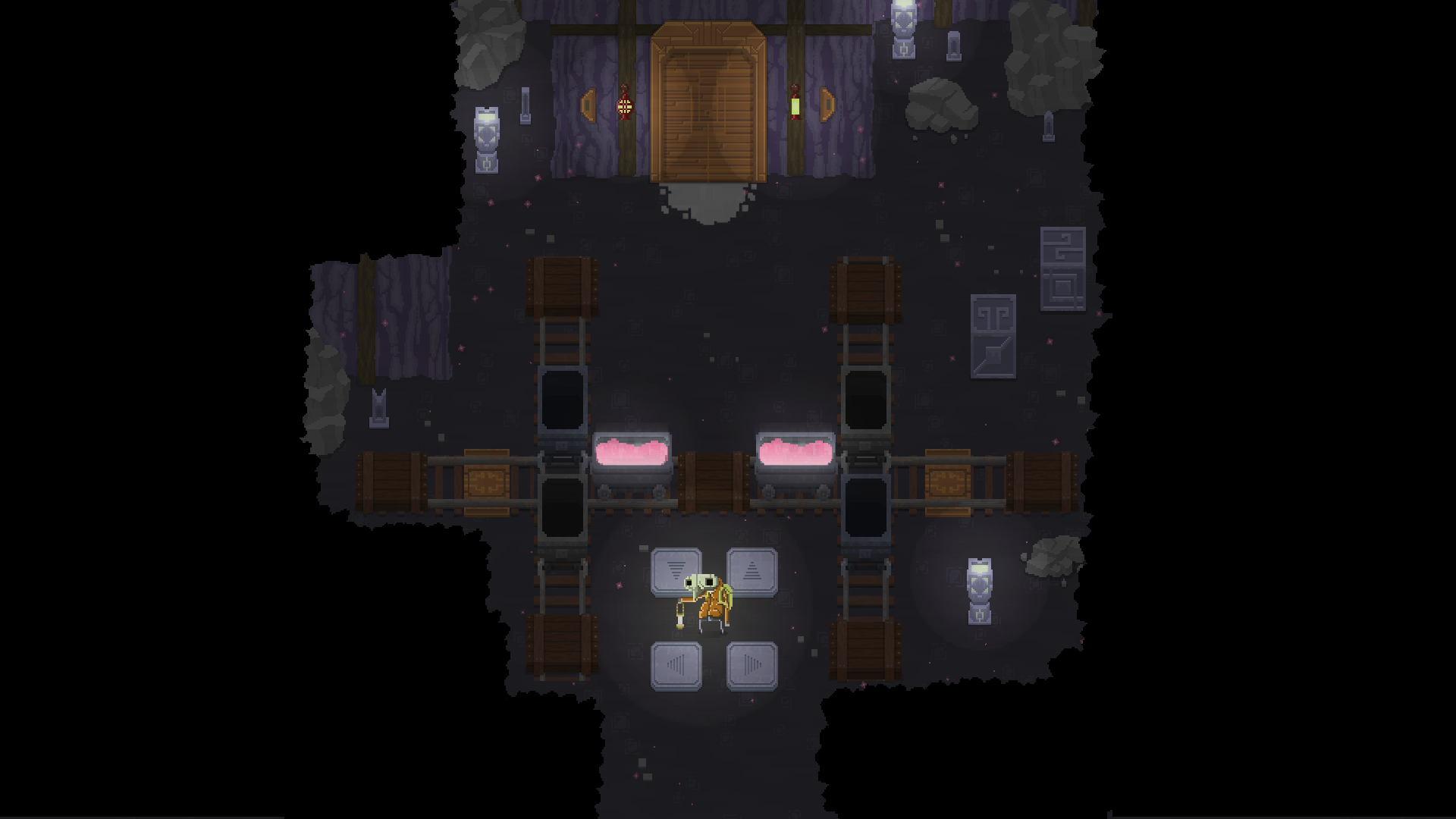
Stumbling In The Dark
There were a few technical gripes that did distract a bit, but nothing that prevented completion of the game. The biggest grievance was encountering a bug before even starting to play, as initially it kept freezing during the intro. To his credit, the developer was quite responsive and pushed out an update in record time that addressed that issue. However, a second glitch, about halfway through, halted my progress. But again the developer provided players a workaround, and I’m happy to report that the rest of my playthrough was error-free.
The control scheme was a bit disappointing, but by no means a deal breaker. Moonrise Fall is designed first-and-foremost to be played with a controller. Technically you can play with a keyboard alone, but if you’re foolish enough to do so, you will hate life rather quickly. It didn’t have to be this way. If only the game supported a mouse as well, it would’ve been a good match; using the mouse to control the camera viewfinder, for example, would have been a natural fit, and in some cases more efficient than controlling it with a stick.
Finally, the game is quite short, around five hours depending on how much time you spend enjoying the scenery. However, to its immense credit, once the game ends you are allowed to re-enter the world to scout around for the numerous collectibles and achievements hidden throughout the land. This makes the game a richer experience, and offers a fair amount of replay once the main story is complete.
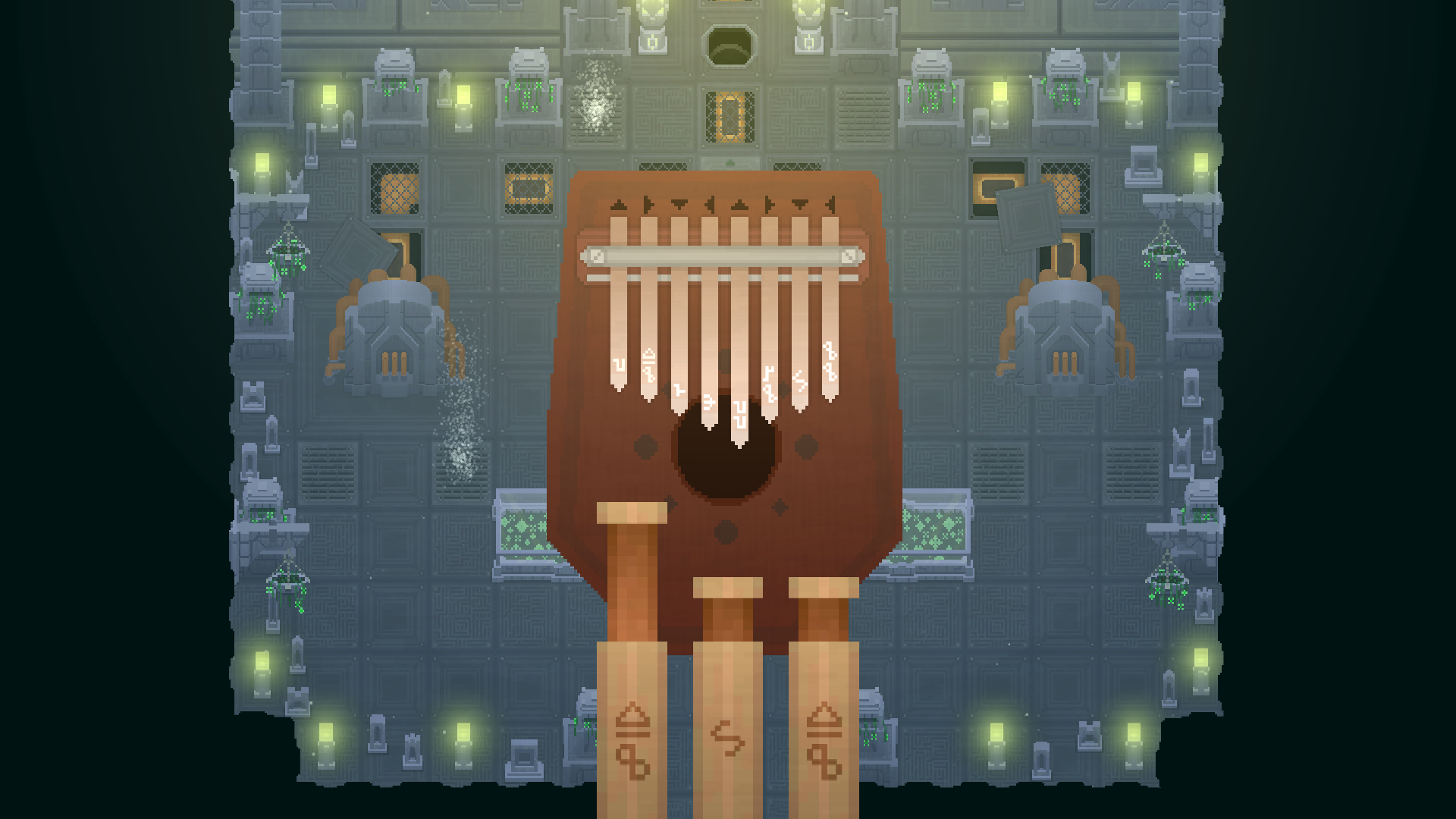
Ultimately, though, any faults against Moonrise Fall are easily forgiven when considered against the inherent pleasure derived from simply being in the game. It’s very rare that I’m so entranced by a game that it lingers with me long after exiting. With Moonrise Fall, I did genuinely look forward to each play session, as returning to that dark forest each time felt like returning to an old friend. It might be a dark, foreboding and mysterious world, but it’s so inexplicably comforting, that half the fun is just wandering around under the canopy of trees, simply enjoying being there. Since time is controllable, I often set the world to the dead of night, merely because I loved the sensation of getting lost amidst the massive trees with only a tiny lantern to guide me. It may not have been necessary for gameplay, but the combination of the inky night, the rustling of leaves, and the call of a lonely owl made for such an enchanting experience that playing any other way felt like a sin.
All of this is made even more impressive by the knowledge that almost the entire game (as far as I can tell) was created by one person. Christopher Mathes, the sole developer, is clearly talented; from the story, to the graphics, animations, music, puzzles, and level design, there is a high degree of polish present in this otherwise understated game. Don’t let the minimalism and simplicity fool you, Moonrise Fall is as clever as it is magical.
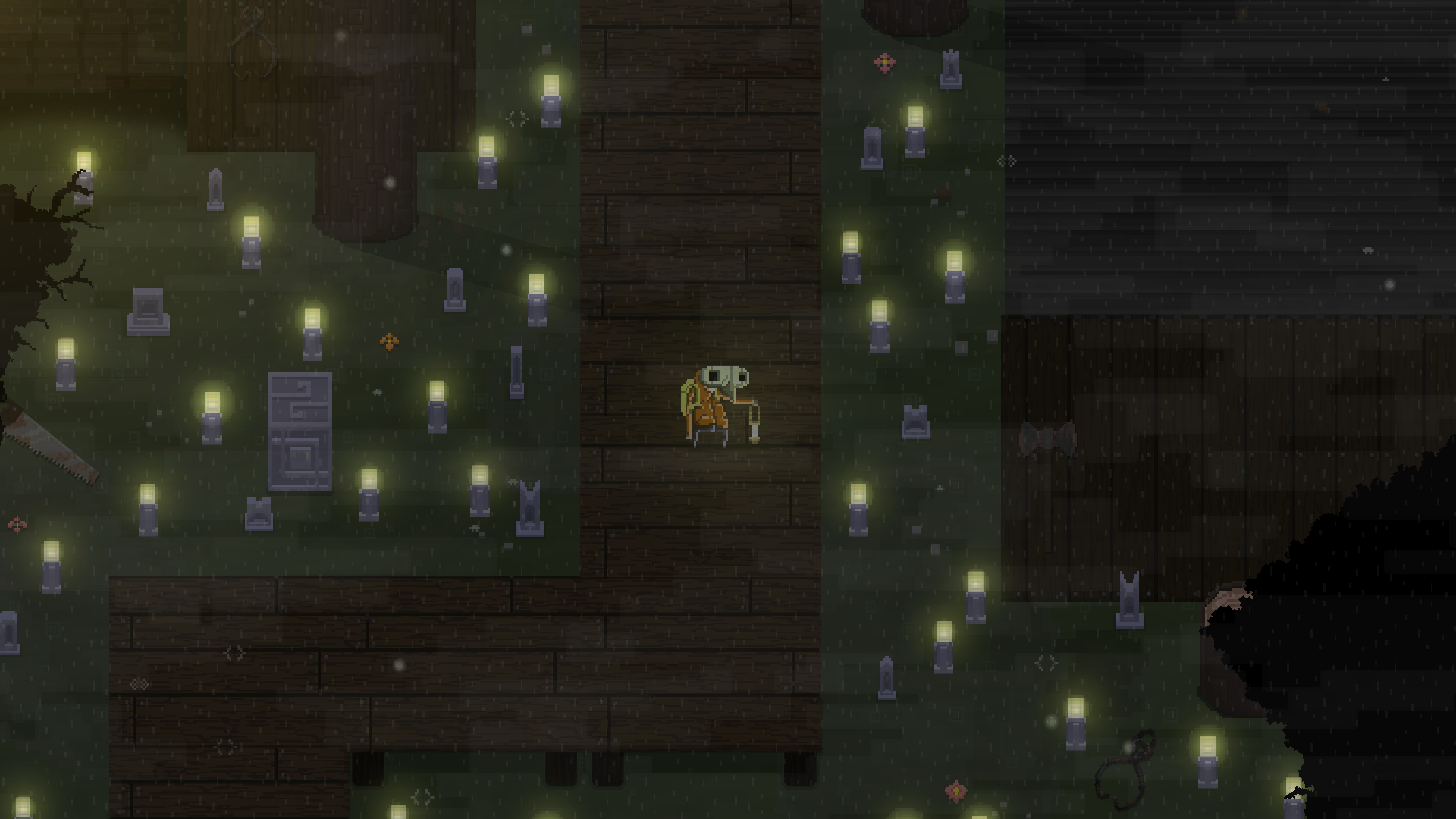
Verdict
The best dreams are the ones that are indistinguishable from reality. And as the hours pass in Moonrise Fall, the transition between the two becomes blurred. It’s a deep and hypnotic spell, under which you’re more than willing to be cast, as you, like the main character, become small and lost in a world that seems to know more about you than you know about yourself. In the end, whether this game is about life or death is in the eye of the beholder. But then again, maybe it’s about both. A hypnagogia, if you will, of the soul.

